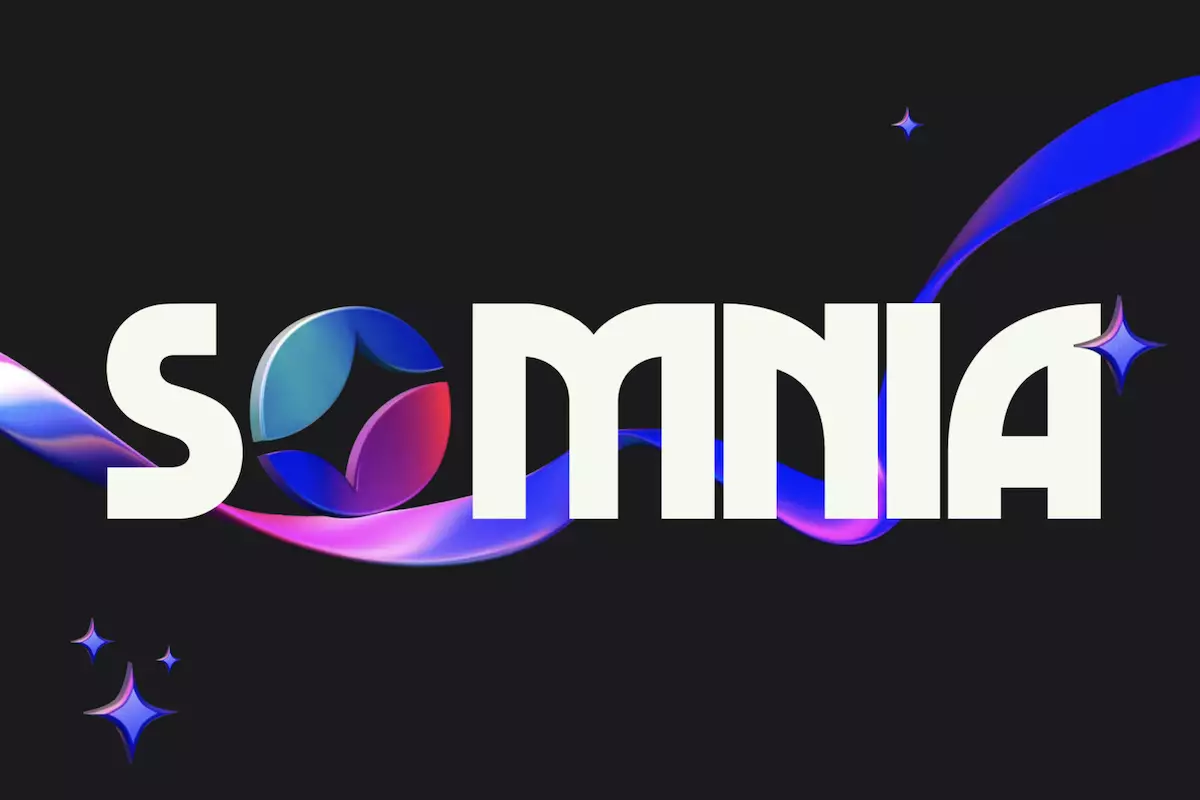The rapid evolution of blockchain technology has ushered in a new era of digital infrastructure aimed at meeting the needs of a decentralized world. Somnia, with the recent launch of its Developer Network (Devnet), stands at the forefront of this revolution, presenting itself as the “dream computer” tailored for a comprehensive on-chain experience. This seamless integration of high-performance blockchain technology lays the groundwork for the flourishing of diverse applications including gaming, decentralized finance (DeFi), social finance (SocialFi), and immersive metaverse initiatives.
At the heart of Somnia’s appeal lies its remarkable transaction processing capabilities. Internal benchmarks reveal an astonishing ability to handle up to 400,000 transactions per second (TPS), with confirmation times clocking in at less than one second. Such speed is a game-changer for developers; it allows applications to respond in real-time, thereby increasing user engagement and satisfaction. Compounding this advantage is the minimal cost structure, with transaction fees consistently remaining below one cent, even when the network faces peak activity.
These stellar performance metrics are not mere marketing claims; they are driven by groundbreaking advancements across various technical dimensions. Innovations in execution strategies, database management, networking techniques, and consensus algorithms form the backbone of Somnia’s infrastructure, contributing to its elevated efficiency levels.
One of the standout features of Somnia’s platform is its database, which boasts an impressive read-and-write latency ranging from 15 to 100 nanoseconds. Such a rapid response time is crucial for applications that demand instantaneous input and feedback. Additionally, Somnia’s enhanced networking capabilities facilitate the transfer of 10 to 20 times more data between nodes compared to conventional systems, further diminishing latency and augmenting transaction speed.
The implications of these attributes for decentralized applications (dApps) are profound. Developers can leverage this framework to build interactive experiences that were previously unimaginable, such as live events or dynamic, real-time gaming environments. Somnia’s full compatibility with the Ethereum Virtual Machine (EVM) allows developers to use established tools and programming languages, effectively lowering the barrier to entry for building cutting-edge dApps.
Recognizing that robust growth hinges on a vibrant developer community, Somnia has paved the way for a nurturing ecosystem through initiatives such as its whitelisting program. By inviting developers to apply for inclusion in the inaugural cohort, Somnia aims to foster a collaborative atmosphere for innovation. A noteworthy highlight of this program is the allocation of $10 million in grants designed to incentivize development efforts by providing financial support, technical guidance, and strategic market access.
Infrastructure partners are pivotal to this ecosystem’s success. Collaborations with entities like Ankr will fortify network reliability through enhanced Remote Procedure Call (RPC) services. Moreover, by employing Hemera’s Social Scan for block exploration, users can effectively track blockchain transactions. Tools from thirdweb will further streamline the development process for EVM-compatible dApps, ensuring that developers can devote their energies to creativity rather than grappling with technical intricacies.
Somnia plans to maintain a proactive approach by opening its Devnet to public testing. During designated hours, users will have the opportunity to engage with an array of decentralized applications, including decentralized exchanges (DEXs), NFT marketplaces, and gaming platforms. Feedback acquired during this testing phase is invaluable; it allows Somnia to refine its technology and adapt to user needs, enhancing its potential for long-term success.
To encourage participation, Somnia has implemented a token distribution mechanism where users can acquire Somnia Test Tokens (STT) through a dedicated faucet. This not only engages users in the platform’s ecosystem but also facilitates a practical understanding of its capabilities.
As Somnia launches its Devnet, the implications extend beyond mere technological progress—they signal the commencement of a new chapter in blockchain application development. The platform’s focus on high performance, low costs, and robust support structures positions it as a significant player in the Web3 landscape. For developers seeking to push the boundaries of what’s possible, Somnia offers a fertile ground for exploration and innovation, enhancing the future of decentralized applications and potentially altering the course of blockchain technology itself.
















Leave a Reply